Kedves Olvasóink!
Havonta frissülő könyvajánló rovatunkkal a könyvtárunkba frissen érkezett kiadványokra szeretnénk felhívni a figyelmüket. A könyvek kölcsönözhetők, hozzáférhetőségükről az online katalógusban informálódhatnak, további felvilágosítást a könyvtárosoktól kérhetnek.
A könyvtár nyitva tartásáról és a kölcsönzés feltételeiről a könyvtár oldalán tájékozódhatnak.
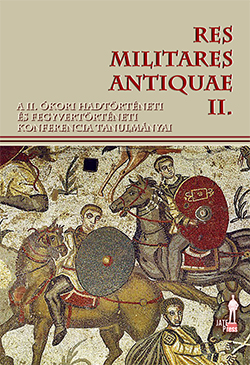
Székely Melinda (szerk.): Res Militares Antiquae II. - A II. Ókori Hadtörténeti és Fegyvertörténeti Konferencia tanulmányai
Szeged: JATEPress, 2015
Raktári jelzet: feldolgozás alatt
Nyelv: Magyar / Angol
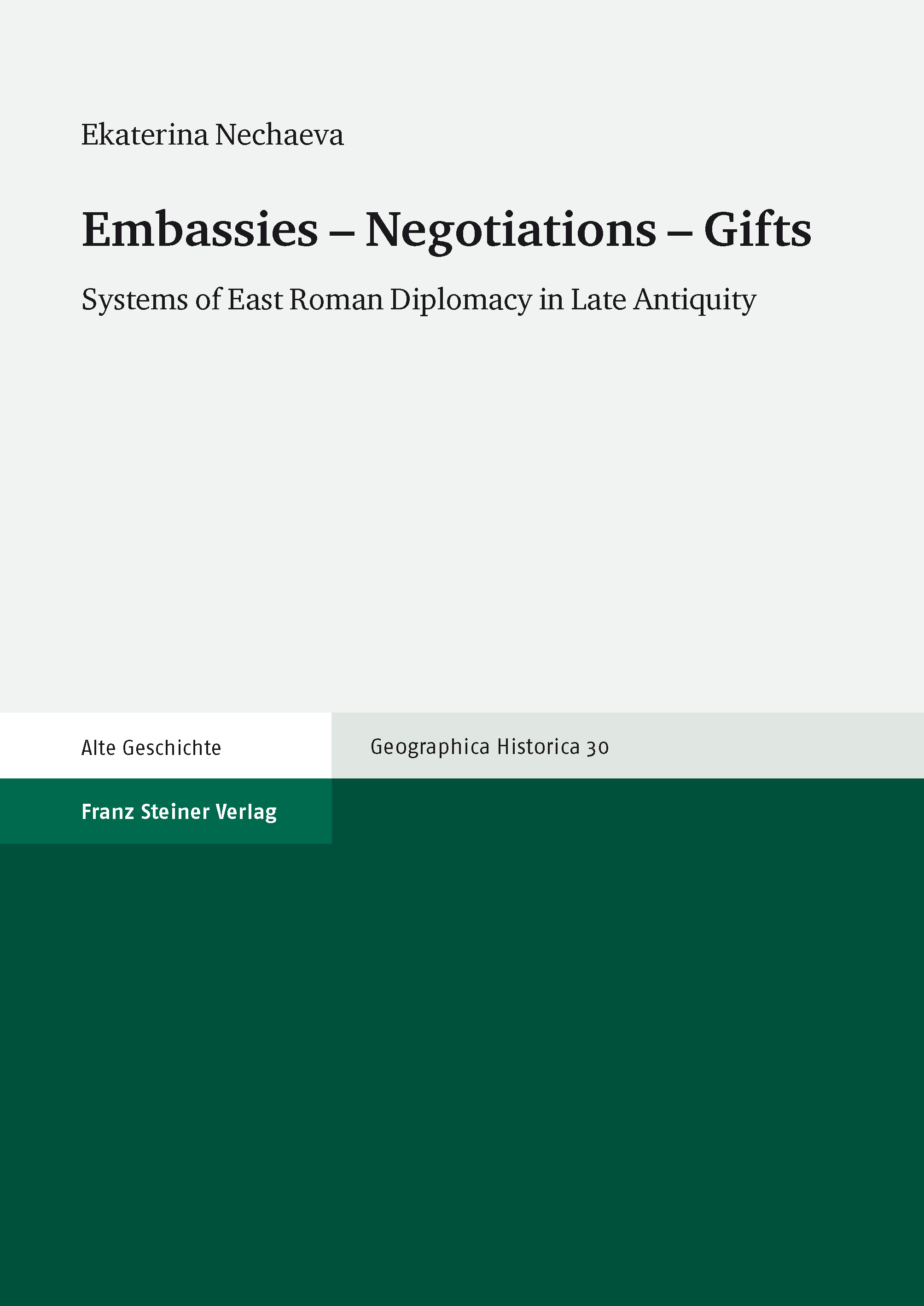
Nechaeva, Ekaterina: Embassies – negotiations – gifts: Systems of East Roman Diplomacy in Late Antiquity
Stuttgart : Franz Steiner Verlag, 2014
Sorozat: ( Geographica Historica : 30).
Raktári jelzet: R-39.837/2021
Nyelv: Angol
This book offers an original approach to late Roman/early Byzantine diplomacy as a system. Assessing both official and clandestine perspectives, Ekaterina Nechaeva examines the working mechanisms of this diplomatic machine and reveals the 'block' organization of embassies as a basic feature of international communication. Negotiations were split into several phases and accompanied by elaborate protocol and rich ceremony. Gift exchange and the distribution of insignia comprised a vital part of the diplomatic process. What were the semantics of these symbolic acts? The study accents the status significance of such donations. Ambassadors, who embodied high-level diplomacy, delivered gifts, led talks, and mediated international dialogue. Who were these envoys? How dangerous and adventurous were their missions? What were these expeditions like? How did they travel and how far? Nechaeva scrutinizes these and further questions by investigating the practices of ambassadorial business. Throughout the book the analysis of secret negotiations, the intelligence system and spy activities of envoys, plots and political murders reveals the shadowy side of diplomacy.
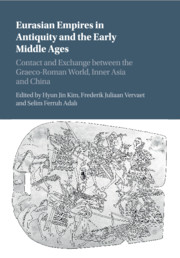
Hyun Jin Kim, Frederik Juliaan Vervaet, Selim Ferruh Adali (eds): Eurasian empires in Antiquity and the Early Middle Ages: contact and exchange between the Graeco-Roman world, Inner Asia and China
Cambridge : Cambridge University Press, 2019
Raktári jelzet: R-39.842/2021
Nyelv: Angol
The great empires of the vast Eurasian continent have captured the imagination of many. Awe-inspiring names such as ancient Rome, Han and Tang China, Persia, Assyria, the Huns, the Kushans and the Franks have been the subject of countless scholarly books and works of literature. However, very rarely, if at all, have these vast pre-industrial empires been studied holistically from a comparative, interdisciplinary and above all Eurasian perspective. This collection of studies examines the history, literature and archaeology of these empires and others thus far treated separately as a single inter-connected subject of inquiry. It highlights in particular the critical role of Inner Asian empires and peoples in facilitating contacts and exchange across the Eurasian continent in antiquity and the early Middle Ages.
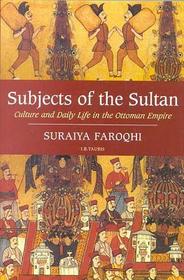
Faroqhi, Suraiya: Subjects of the Sultan: culture and daily life in the Ottoman Empire
London, New York : I.B. Tauris, 2011
Raktári jelzet: R-39.835/2021
Nyelv: Angol
The cultural heritage of the Ottoman Empire has traditionally been presented to us through its monuments and high arts. Our understanding of its culture has thus come from a world created by and for sultans, viziers and the elite of the Empire. But what of the world of the craftsmen and tradesmen who produced the monuments and artefacts? Or the townspeople who prayed in the mosques, drank water from the sebils or passed by the mausolea in the ordinary course of their lives? How did they live and die? To date no book has adequately explored the day-to-day life of the common people during the centuries of Ottoman rule. In this new edition Faroqhi explores the urban world of the Ottoman lands from the Middle Ages to the early 20th century, describing the social significance of the popular arts and crafts of the period and examining the interaction among the diverse populations and classes of the Empire.
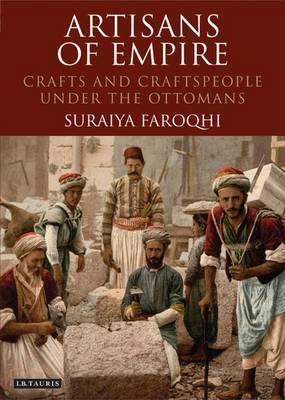
Faroqhi, Suraiya: Artisans of empire: crafts and craftspeople under the Ottomans
London, New York : I.B. Tauris, 2012
Raktári jelzet: R-39.834/2021
Nyelv: Angol
The manufacture and trade in crafted goods and the men and women who were involved in this industry - including metalworkers, ceramicists, silk weavers, fez-makers, blacksmiths and even barbers - lay at the social as well as the economic heart of the Ottoman empire. This comprehensive history, by leading Ottoman historian Suraiya Faroqhi, presents the definitive view of the subject, from the production and distribution of different craft objects to their use and enjoyment within the community. Faroqhi sheds new light on all aspects of artisan life, setting the concerns of individual craftsmen within the context of the broader cultural themes that connect them to the wider world. Combining social, cultural, economic, religious and historical insights, this will be the authoritative work on Ottoman artisans and guilds for many years to come.
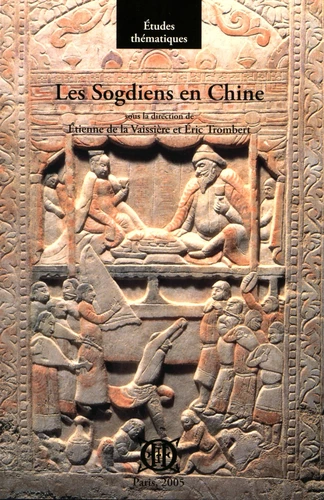
Étienne de la Vaissière, Éric Trombert: Les Sogdiens en Chine
Paris : École Française d'Extreme-Orient, 2005
Sorozat: ( Études thématiques 17).
Raktári jelzet: R-39.838/2021
Nyelv: Többnyelvű
The sogdians were not simply the great traders who, all the sources agree, bound China to Central Asia. These immigrants from Samakand or Bukhara, speaking an Iranian language, settled in Nothern China and played active roles there as soldiers, artisans, farmers, translators or diplomats in the social, economic, artistic and even political life from the fifth to the eight century AD. This book, a collection of twenty-one articles by Chinese, Japanese and Western scholars, draws on the most recent discoveries, both archaeological and textual, to present a vivid picture of Sogdian activities in China.
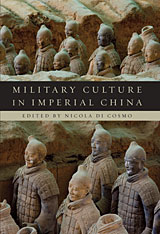
Nicola Di Cosmo (ed.): Military culture in imperial China
Cambridge, Mass, London : Harvard University Press, 2011
Raktári jelzet: R-39.846/2021
Nyelv: Angol
This volume explores the relationship between culture and the military in Chinese society from early China to the Qing empire, with contributions by eminent scholars aiming to reexamine the relationship between military matters and law, government, historiography, art, philosophy, literature, and politics.
The book critically investigates the perception that, due to the influence of Confucianism, Chinese culture has systematically devalued military matters. There was nothing inherently pacifist about the Chinese governments’ views of war, and pragmatic approaches—even aggressive and expansionist projects—often prevailed.
Though it has changed in form, a military elite has existed in China from the beginning of its history, and military service included a large proportion of the population at any given time. Popular literature praised the martial ethos of fighting men. Civil officials attended constantly to military matters on the administrative and financial ends. The seven military classics produced in antiquity continued to be read even into the modern period.
These original essays explore the ways in which intellectual, civilian, and literary elements helped shape the nature of military institutions, theory, and the culture of war. This important contribution bridges two literatures, military and cultural, that seldom appear together in the study of China, and deepens our understanding of war and society in Chinese history.
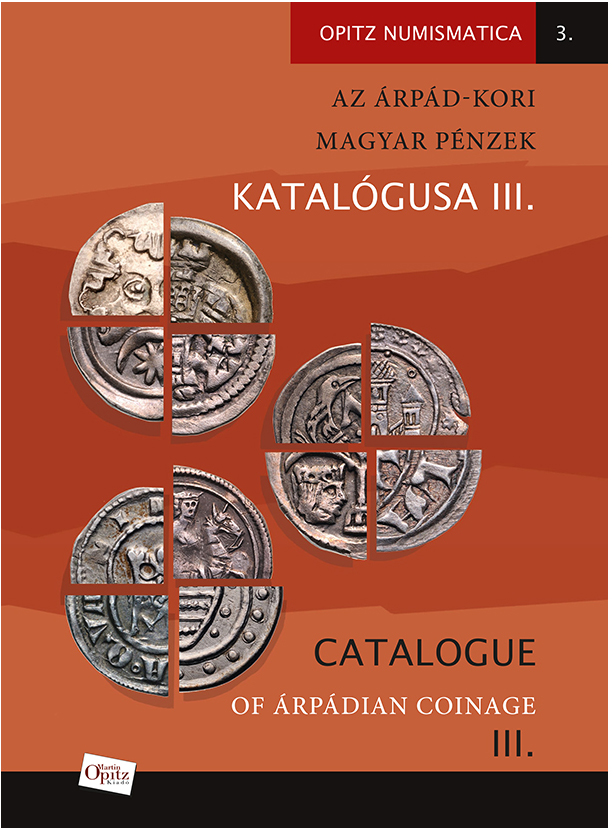
Tóth Csaba – Kiss József Géza: Az Árpád-kori magyar pénzek katalógusa III./ Catalogue of Árpádian Coinage III
Budapest, Martin Opitz Kiadó, 2020
Sorozat: ( Opitz Numismatica 3).
Raktári jelzet: feldolgozás alatt
Nyelv: Magyar / Angol / Szlovák
A 11–13. századi magyar pénzek eddigi legrészletesebb katalógusának harmadik része, amely az utolsó Árpádok pénzeit tartalmazza II. Andrástól Ottóig.
- 7 uralkodó több mint 300 pénztípusa
- bevezető numizmatikai tanulmány magyar, angol és szlovák nyelven
- a katalógustételek leírása magyar és angol nyelven
- a pénztípusok bemutatása több mint 1200 méretarányos és nagyított színes éremfotón
- a változatok bemutatása több mint 900 rajzon
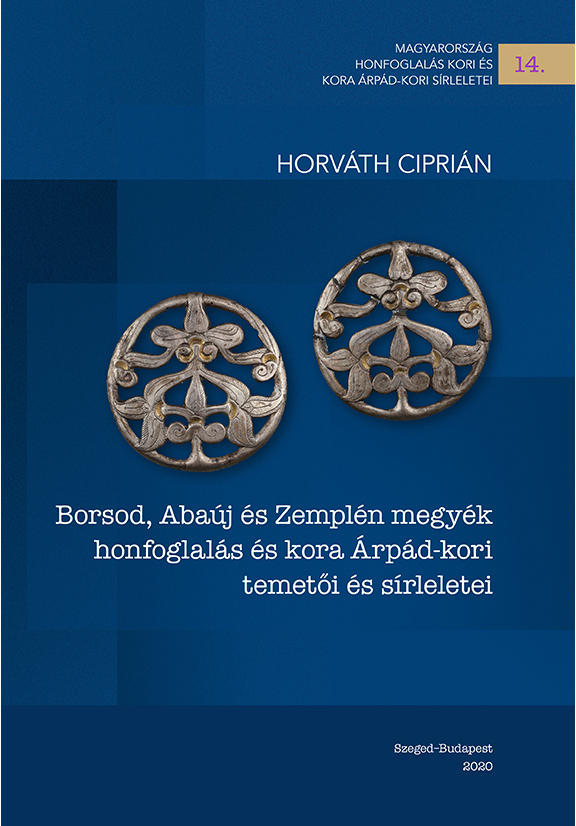
Horváth Ciprián: Borsod, Abaúj és Zemplén megyék honfoglalás és kora Árpád-kori temetői és sírleletei
Budapest, Martin Opitz Kiadó, 2020
Sorozat: ( Magyarország honfoglaláskori és kora Árpád-kori sírleletei 14).
Raktári jelzet: feldolgozás alatt
Nyelv: Magyar
A kötet a Magyar Királyság északkeleti részén elhelyezkedő három megye területéről ismert honfoglalás és kora Árpád-kori temetők mutatja be. Az anyaggyűjtés földrajzi kereteit adó három megye korai határvonalai természetesen csupán hozzávetőlegesen rajzolhatók meg, ezért a területi lehatárolás már a későbbi, biztosabban ismert adatok alapján történt. Ugyanakkor az ország mai területén belül az 1950-ben végrehajtott megyerendezés nyomán kialakult közigazgatási határokhoz igazodott. Az így meghatározott területről 114 lelőhely, illetőleg leletegyüttes ismertetése vagy legalább rövid összefoglalása szerepel a katalógusban.




